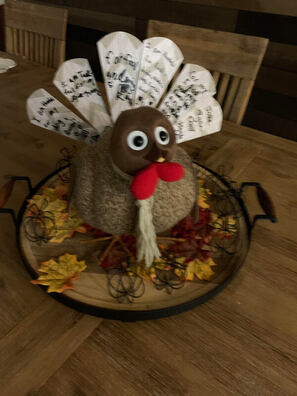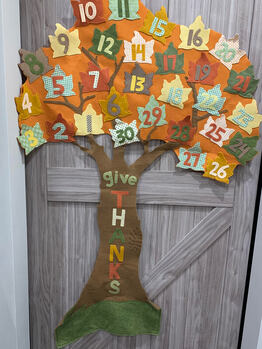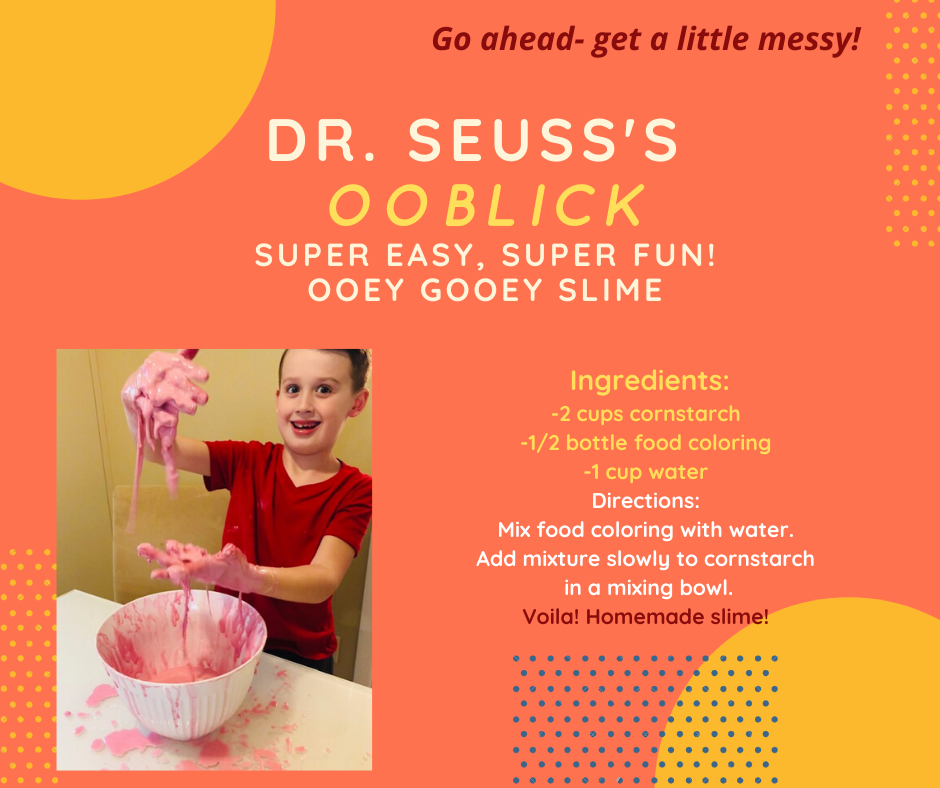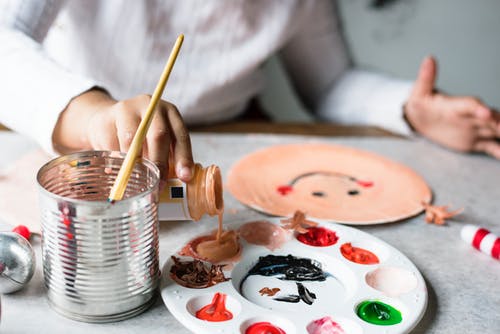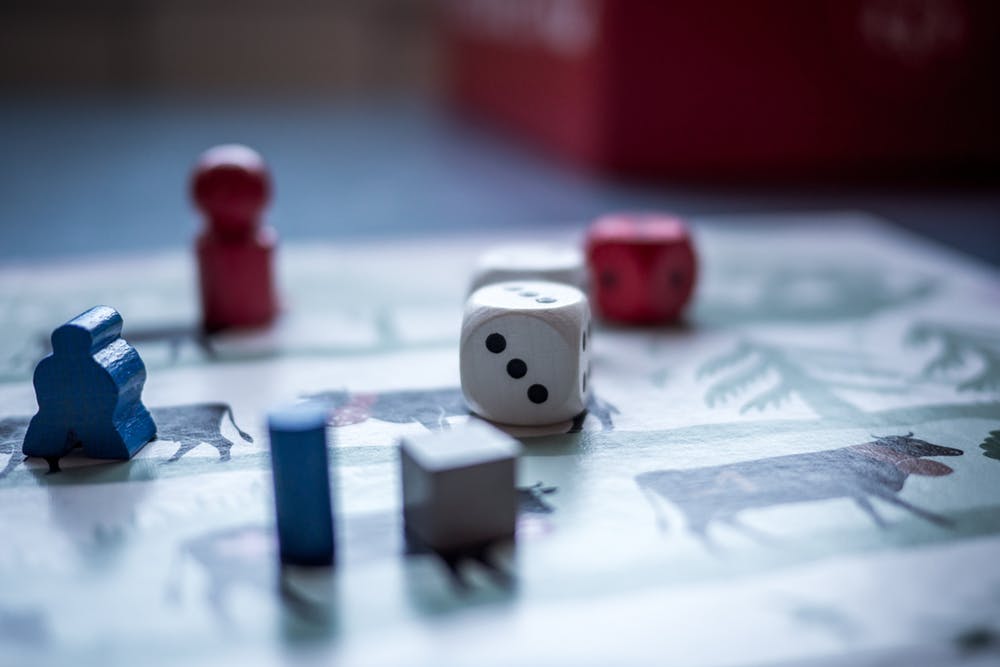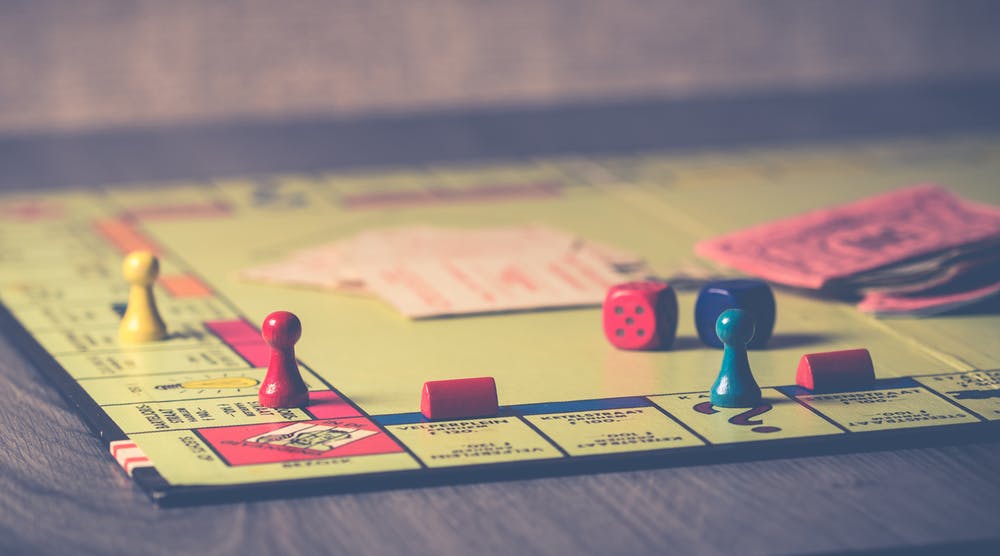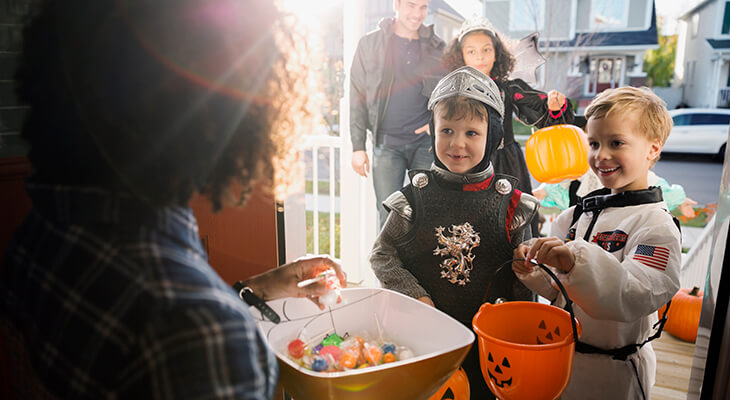Our blog today is from our ADHD In Home Coach, Chrissy Sunberg, M.Ed., AAC.
She has provided us with an easy to make recipe for Lavender Slime, and a video to help you create this wonderful sensory tool! Slime gives a child something to fidget with when they are disregulated, restless, or anxious. You may even want to make this with your child and create a quiet corner in your house where your child can go to calm their bodies and minds. Some parents create a quiet corner using a tent or bean bag, with a few sensory calming tools.
How to Use Sensory Slime:
Sensory Play – squeeze it, poke it & stretch it and have it meet some of your child’s tactile and sensory needs.
What can kids learn from making lavender slime?
As you know, lavender is an essential oil that has powerful properties of tranquility, promoting calmness, eliminating nervous tension, relieving pain, disinfecting the scalp and skin, enhancing blood circulation, and treating respiratory problems.
Also, your child will gain a tremendous amount of sensory input as they mix these ingredients and watch the transformation of combing multiple ingredients that ultimately turn into this very cool slime. It will also be a time of bonding for you and your child when you take turns adding the ingredients, mixing, and creating together.
Enjoy!
Lavender Slime Recipe
½ TBSP of Baking Soda
1 ½ TBSP of Contact Lens Solution
6 fl. Oz. Elmer’s Clear Glue or any glue will do
3 drops of lavender essential oil
Glitter and sequins
1. Find a bowl, cup or plate to mix your slime.
2. Pour 6 oz. of the glue into the bowl, cup or plate.
3. Add ½ tbsp. of Baking Soda & mix.
4. Add 1 tbsp. of Contact Lens Solution.
5.Add 3 drops of essential oil to the glue mixture.
6. Mix until slime forms and begins to get harder to mix.
7. Add a pinch of glitter or sequins.
8.Take the slime out and begin kneading with both of your hands.
9. If needed, add ¼ TBSP Contact Lens Solution to make the slime less sticky.

